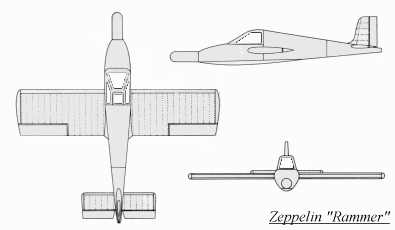Thanks again, FTG.
I can’t see the value of an armoured nose on anything but a kamikaze craft as a nose impact on any sizeable target like a bomber will probably shear off or fatally damage one or or both wings on the attacker.
I was thinking that a hugely strengthened wing with a cutting edge might work in the example of cutting the stabiliser I mentioned earlier, or cutting a decent section off a bomber’s wing. This seems to have been in the mind of the ram fighters’ designer you illustrated. I would have thought that this was more likely to be effective against the enemy and give the attacking pilot a decent chance of continuing to fight than anything that involved attacking with the attacker’s nose.
Then again, if 14 5cm rockets haven’t done enough damage, it’s questionable whether the same pilot could aim his plane at the enemy with sufficient accuracy to destroy it and allow him to survive.
Maybe pdf27 can comment on this from his aero design knowledge, but I’d be inclined to think that a suitably rear angled wing on the illustrated Rammer with its right angle wings would increase the cutting effect on the target and reduce the shear effect on the attacker and thus give the attacker a better chance of survival.


